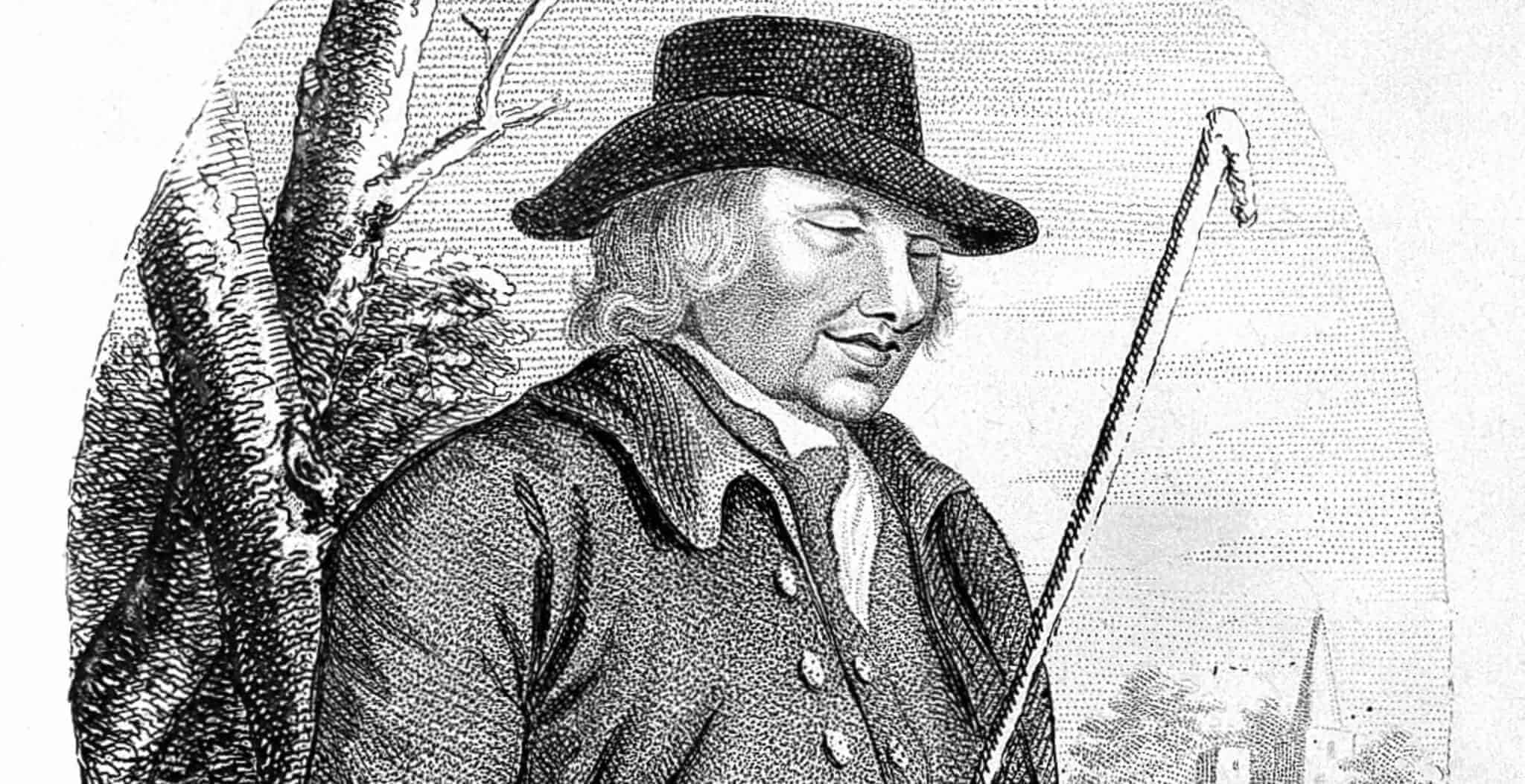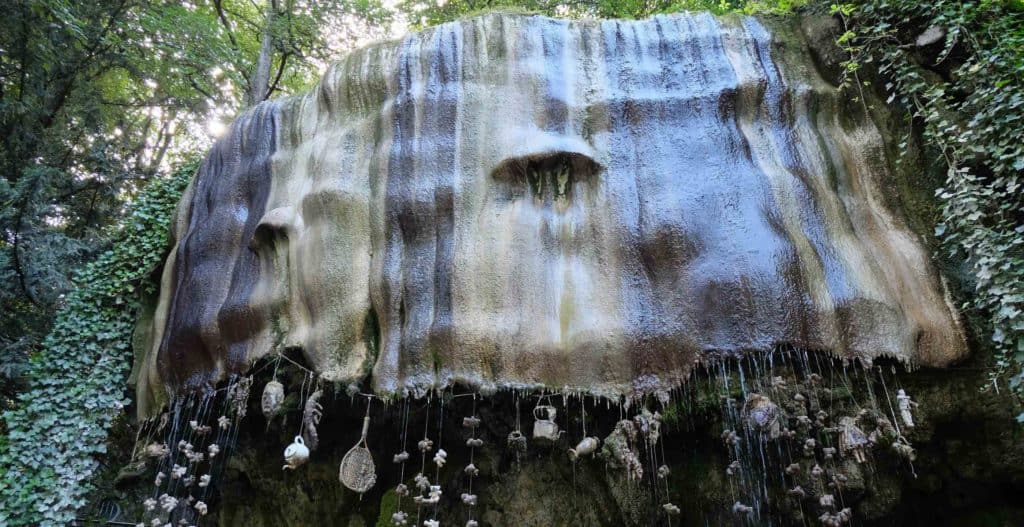If you’ve heard of Knaresborough, you’ve probably heard of Mother Shipton, the 16th century prophetess, but the town possesses another local hero; John Metcalf, more popularly known as Blind Jack.
Metcalf, born in 1717 in a thatched cottage opposite Knaresborough Castle, led a hugely varied and characterful life, which included a pioneering career in road construction. Metcalf designed and helped to build around 180 miles of road across Yorkshire, Lancashire and Derbyshire. Many of his routes still survive today, for example as parts of the A59 and the A61.
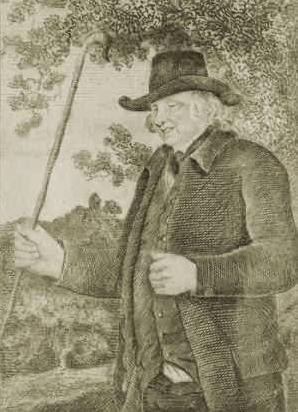
An attack of smallpox left Metcalf permanently blind when he was six years old, but this did not seem to hamper the boy. It is said that after three years of blindness, Jack could find his way to any part of Knaresborough. Stories even tell of how Jack rushed into the River Nidd to rescue a soldier who was drowning, unable to swim due to a sudden bout of cramp. It took Jack four attempts, but eventually the soldier was saved.
At 15, Jack became the in-house fiddler at the Queen’s Head in Harrogate, replacing a 70-year-old fiddler who had apparently come to play the fiddle ‘too slow for country dancing’. Metcalf also became a guide to visitors in the local area, sometimes finding that the only way to receive custom from tourists was to conceal his blindness. In his youth, Metcalf also eloped with Dolly Benson, the daughter of the landlord of the Royal Oak in Knaresborough.
Always restless, in 1745 Jack joined the ‘Yorkshire Blues’, a 64-man militia raised in the district by Captain Thornton to fight Bonnie Prince Charlie and the Jacobite rebels. It was the militia’s uniforms of dark blue and gold lace that gave them their name. Jack evaded capture at the Battle of Falkirk and was present at the Battle of Culloden, which saw the decisive defeat of the Jacobite rising by the Duke of Cumberland.
By 1752, Jack was operating a stagecoach company between York and Knaresborough, exposing him to the appalling condition of local roads. Soon after a new Turnpike Act in 1752, the enterprising Metcalf obtained a contract for building a three-mile stretch of road between Ferrensby and Minskip with his gang of workmen.
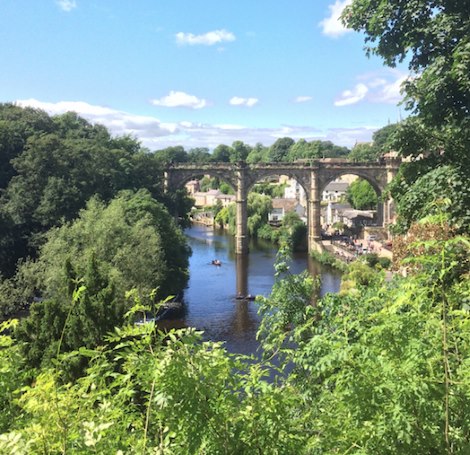
This would begin a monumental career of professional road construction, advancing a viable mode of building upon marshland by using a combination of ling and whin (types of heather and gorse, respectively). Building a road from Harrogate to Knaresborough, Metcalf encountered a bog, and some saw the task as impossible. Nevertheless, Metcalf built across the bog and received the tidy sum of four hundred pounds for his work.
Itching to do new things even in old age, Metcalf walked all the way from Spofforth to York to dictate his life story to a publisher, who printed the biography in 1795. E. & R. Pick’s The Life of John Metcalf, Commonly Called Blind Jack of Knaresborough also describes Jack’s exploits in hunting, card-playing, cock-fighting, bridge construction and ‘other undertakings’. Upon death, Blind Jack left behind 4 daughters, 20 grandchildren and a phenomenal 90 great and great-great grandchildren.
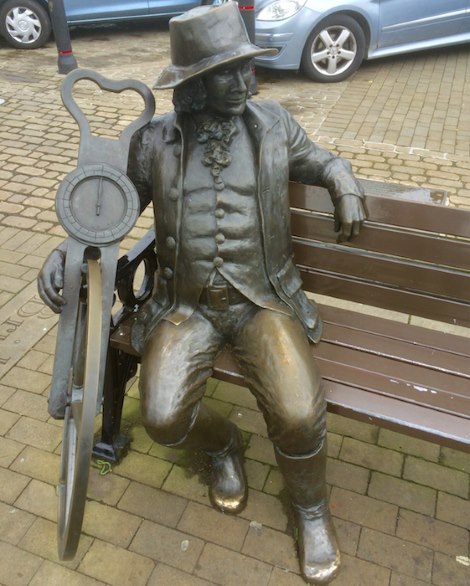
So valued by Knaresborough’s locals is their legendary road-builder that in 2008 they raised £30,000 to have his tall, portly figure immortalized in bronze by Barbara Asquith. Grasping a surveyor’s wheel in his right hand, Jack’s statue sits on a bench in the town centre, just outside the Blind Jack’s Pub. Although divided by over two centuries, present-day locals may sit beside Jack whenever they wish.
Charlie Clissitt recently graduated from Cambridge University with a BA in English Literature.
Published: 30th March 2015
